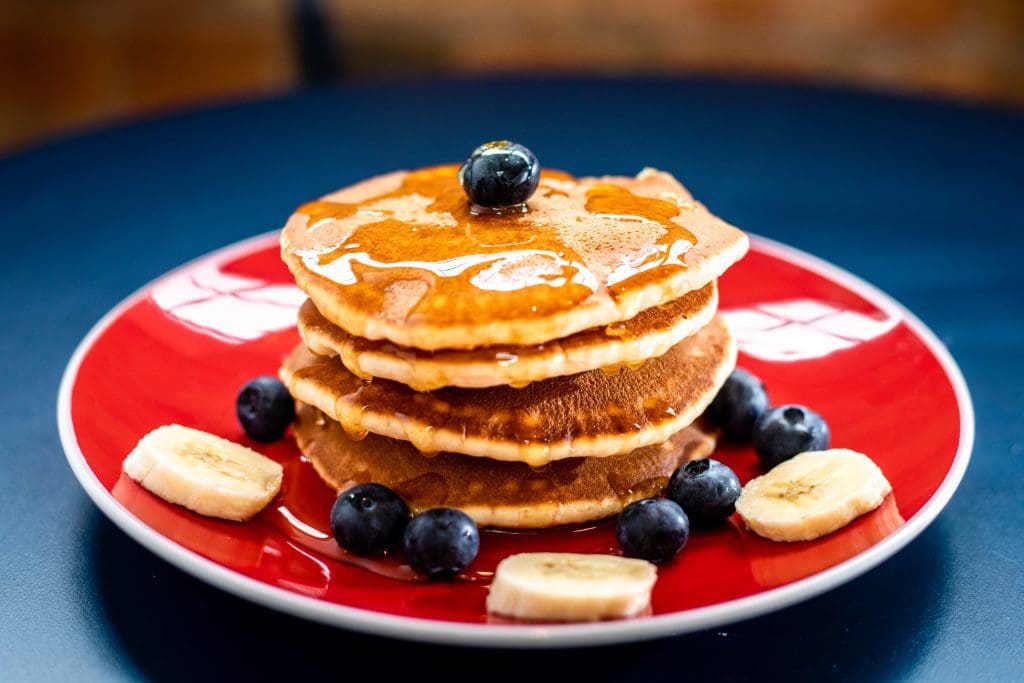When the food looks great on the plate but not so great in your photographs, it’s time to upgrade your gear. You may have the latest camera model and still not achieve the image quality you want. Sometimes it is not about having a more expensive camera. A few accessories can differentiate between an amateur’s and a professional’s food photographs. Whether you do commercial food photography or take photographs for your blog and social media, this is the gear you should consider.
Macro Lenses
Dedicated macro lenses allow you to get very close to the food you photograph and capture the tiniest details. The texture is so important in food photography. You want to engage the viewer with all their senses. Macro lenses also help you capture steam and bubbles.
Photo by Greg Rosenke on Unsplash
Add variety to your portfolio and use more than one type of composition. Take environmental shots and close-ups, use unusual angles, and experiment with different lighting and techniques.
Studio Lighting
Food photographs require the best light you can get. Illuminate the subject from behind or lateral and use diffusers to create a soft, natural-looking light. Make sure the color temperature of the light doesn’t affect the color of the food. You want the food to look natural and delicious.
You can use two or three light sources to surround the subject with light and hide the background. If you don’t have two light sources, you can use one source and a reflector.
Natural light is great for food photography, but you can’t always count on it. Studio lighting equipment includes light sources, softboxes, diffusers, light stands, and reflectors.
Photo by Alex Simpson on Unsplash
A Tripod Head that Allows a Tabletop Setup
There is no place for noisy, blurred images in food photography. Therefore, you probably use a tripod to stabilize the camera and increase the sharpness and clarity of your photographs. A tripod also allows you to use the same setup for multiple pictures.
However, to make the most of your tripod, you need one that allows a tabletop setup (i.e., photographing the food from above). You can choose to use a ball head that allows a 360-degree rotation with your current tripod or a tripod with a center column.
Photo by Arvid Skywalker on Unsplash
Photography backdrops
For a professional look, you need to clear the background of your food photographs. Photography backdrops are sheets or rolls of material that provide a setting for your subject. They are made of fabric (muslin, cotton, polyester, fleece, velvet, etc.), paper, vinyl, and other materials.
Photography backdrops may have a single plain color, recreate an effect (e.g., vintage), or add a texture (e.g., brick wall, wood). Make sure they match the style of the composition and make the subject stand out.
Photo by Joanna Kosinska on Unsplash
Keep your gear at a minimum but invest in accessories that will improve the value of your work. Once you have a setup that works for you, you’ll have more time and energy for creativity and improving your skills. Minimalist photography means choosing wisely and making the most of what you have.

